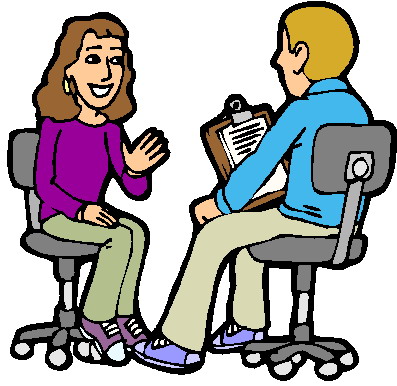Bon Voyage

Well, social studies methods is coming to a close and I can honestly say that I have produced the most work for this class than any other methods course. The heavy work load was both a positive and a negative. At times I grew exhausted, stressed, and anxious about all the work that had to be done in the course. Yet as I looked over my edTPA portfolio and was able to see all of my work from the course put together I knew that this course made me very prepared to be a future teacher of social studies.
I walked out of this class a different person than when I started the course. In the beginning of the course I had the mindset of a student, but after the course was over I developed the mindset of a teacher. I adapted new skills and knowledge that I would not have gained if it weren't for this course. Learning about the different forms of assessment as well as practicing delivering direct, inquiry, and cooperative lesson plans have all contributed to what I am able to take away from this course. I was unaware of the three different types of lessons before taking this course, and as it went on I was still a little confused. However, after delivering each lesson and reflecting on them, I could say that I grew confident in my knowledge and ability to teach these lessons.
Collaboration was also a big part of this course. As teachers, we encouraged the students to collaborate with each other and work cooperatively in groups. As students, we ourselves had to also work cooperatively in groups in order to complete projects and deliver lessons. This course taught me so much about working with others as it called for the most group projects I have had to complete in any college course thus far. However, in the professional world I will be collaborating with my peers throughout my career and therefore it was important to learn this skill. I also learned how to collaborate when it came to relying on my peers for support. If one of us had a question on an assignment, chances were that others were confused too. This allowed for us to bounce ideas off each other and overall help each other with this process.
Ultimately, I am grateful for what this class has taught me and all that I am able to take away from it. Though it was a bit of an uphill battle, I know that I will be constantly referring to the course material when I am one day teaching in my own classroom.





